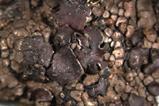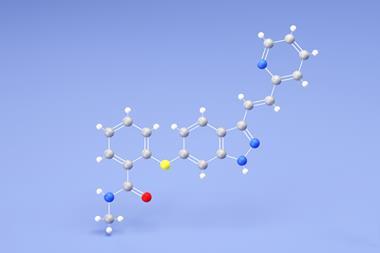A comprehensive map has been created detailing how the antibiotic rifampicin binds to its target – the enzyme RNA polymerase – leading to the identification of several previously unknown interactions that can affect the drug’s function. ‘Our approach demonstrates a blueprint to study binding sites for other antibiotics and different drugs,’ says Evgeny Nudler at the New York University School of Medicine who led the project.
The study of antibiotic resistant mutants can inform drug design and provide important insights into bacterial physiology. Rifampicin, an antibiotic used to treat tuberculosis, leprosy and Legionnaires’ disease amongst others, exerts its function by inhibiting bacterial RNA polymerase and preventing RNA replication.
Nudler and a team from the New York University School of Medicine generated a collection of 760 single-residue E. coli mutants that fully encompass the binding of rifampicin to RNA polymerase. The researchers made a detailed genetic map of rifampicin’s binding interactions with the bacterial enzyme and identified an alpha helix where mutations significantly attenuated or improved antibiotic binding.
Several single-residue mutants were identified in this region that change rifampicin from a bacteriostatic drug – one that halts replication of a bacterium – to a bactericidal one that kills a pathogen by prolonging drug-enzyme binding. The increased binding affinity led rifampicin to generate double-stranded DNA breaks, but only when the bacterium was actively replicating. This unique mechanism of DNA damage may inform the design of combination antimicrobial therapy.
‘The immediate impact is that we now understand how and why this clinically important antibiotic kills bacteria, such as M. tuberculosis, and why it only halts the growth of others, such as P. aeruginosa or E. coli,’ explained Nudler. ‘I was a bit skeptical in the beginning, as it was hard to predict what new biology, if any, we could learn from this massive mutagenesis. The results were truly surprising and exceeded all our expectations.’
References
KB Yang et al, Nature, 2023, DOI: 10.1038/s41586-023-06495-6

















No comments yet